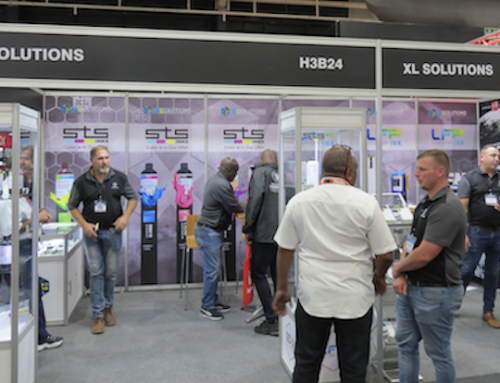According to Laurel Brunner from the Verdigris Project, designers need to think about the environment when planning media projects. The guiding principle should be to work with the environment and to be aware of all aspects of the project that could have an environmental impact.
This is especially important in the context of deinking and recycling. But it goes further than thinking about substrates, inks, energy and printing processes. Water solvents, transportation and packaging contribute to the environmental impact. Ultimately a media project’s design, including the printed components, determines a job’s environmental footprint.
However, there is more. Colour managing files is the best way to minimise colour errors in production and on press. Working with calibrated screens and output devices, using ICC profiles efficiently and using software to automate processes can all contribute to greater colour data accuracy.
Using different versions of the same design for digital viewing and in print creates challenges when it comes to rendering colour accurately in different environments. But that doesn’t mean it’s impossible. It comes back to using colour management technologies to ensure that colours are consistent on screen and in print so error rates, and the associated waste and costs, come down.
The choice of substrate is fundamental to getting desirable results but wherever possible designers should choose recycled stocks. Go chlorine free if that’s an option, or go for papers that have been bleached in some other way. Make sure to use certified stocks sourced from sustainable sources and where there is a choice, go for VOC free inks.
Awareness of a project’s environmental impact extends to dealings with clients. It’s important to assess interest in environmental impact mitigation at the outset of a project, because every client will have a different view on how far their responsibility and commitment extends. Any effort made to improve the sustainability of print media is worth the effort.
This article was produced by the Verdigris Project, an industry initiative intended to raise awareness of print’s positive environmental impact. Verdigris is supported by: Agfa Graphics (www.Agfa.com), EFI (www.efi.com), FESPA (www.fespa.com), HP (www.hp.com), Kodak (www.Kodak.com/go/sustainability), Kornit (www.kornit.com), Practical Publishing (www.practicalpublishing.co.za), Ricoh (www.ricoh.com), Spindrift (https://spindrift.click/), Unity Publishing (http://unity-publishing.co.uk) and Xeikon (www.xeikon.com).
This work by the Verdigris Project is licenced under a Creative Commons attribution-noderivs 3.0 Unported licence http://creativecommons.org/licences/by-nd/3.0/
THE VERDIGRIS PROJECT http://verdigrisproject.com/







